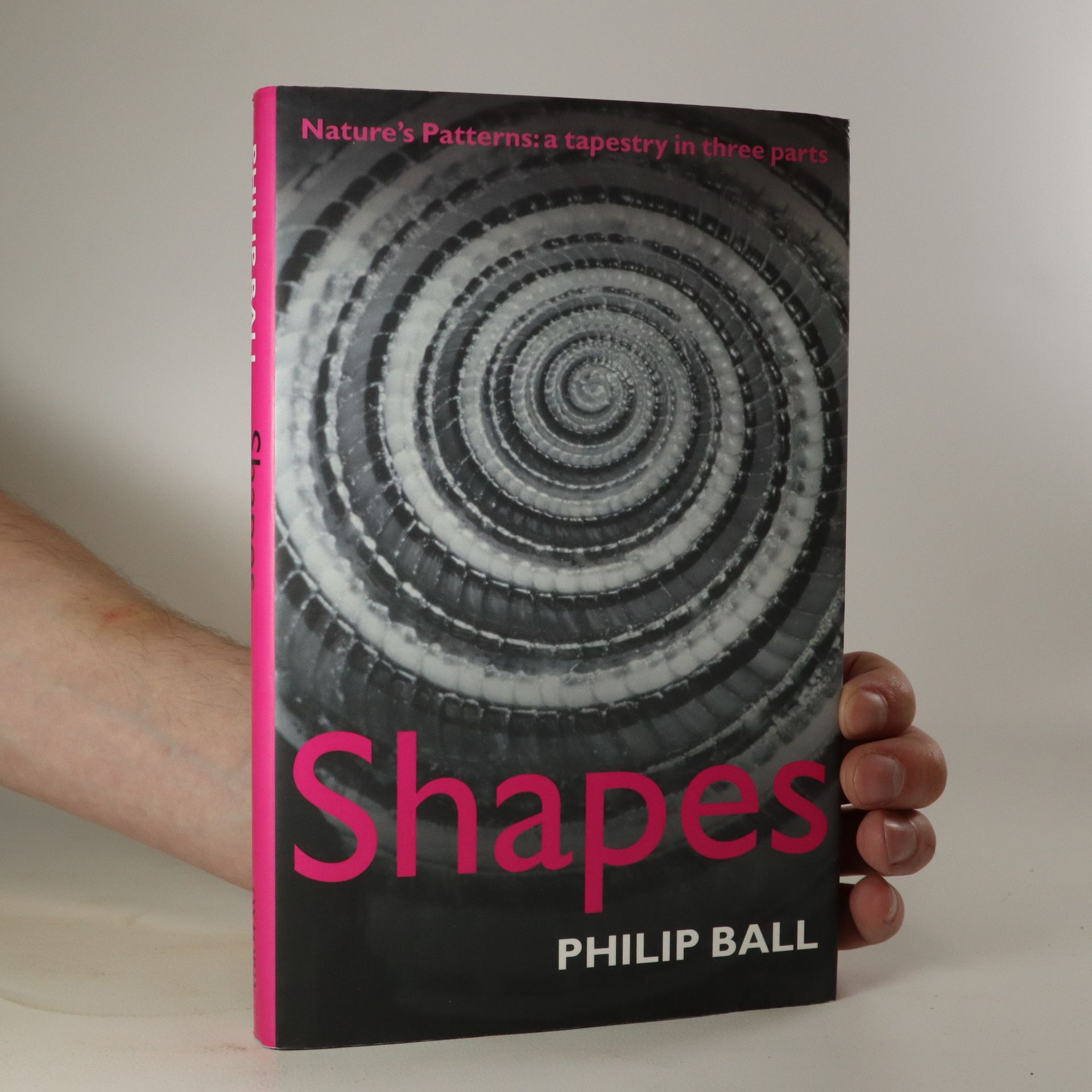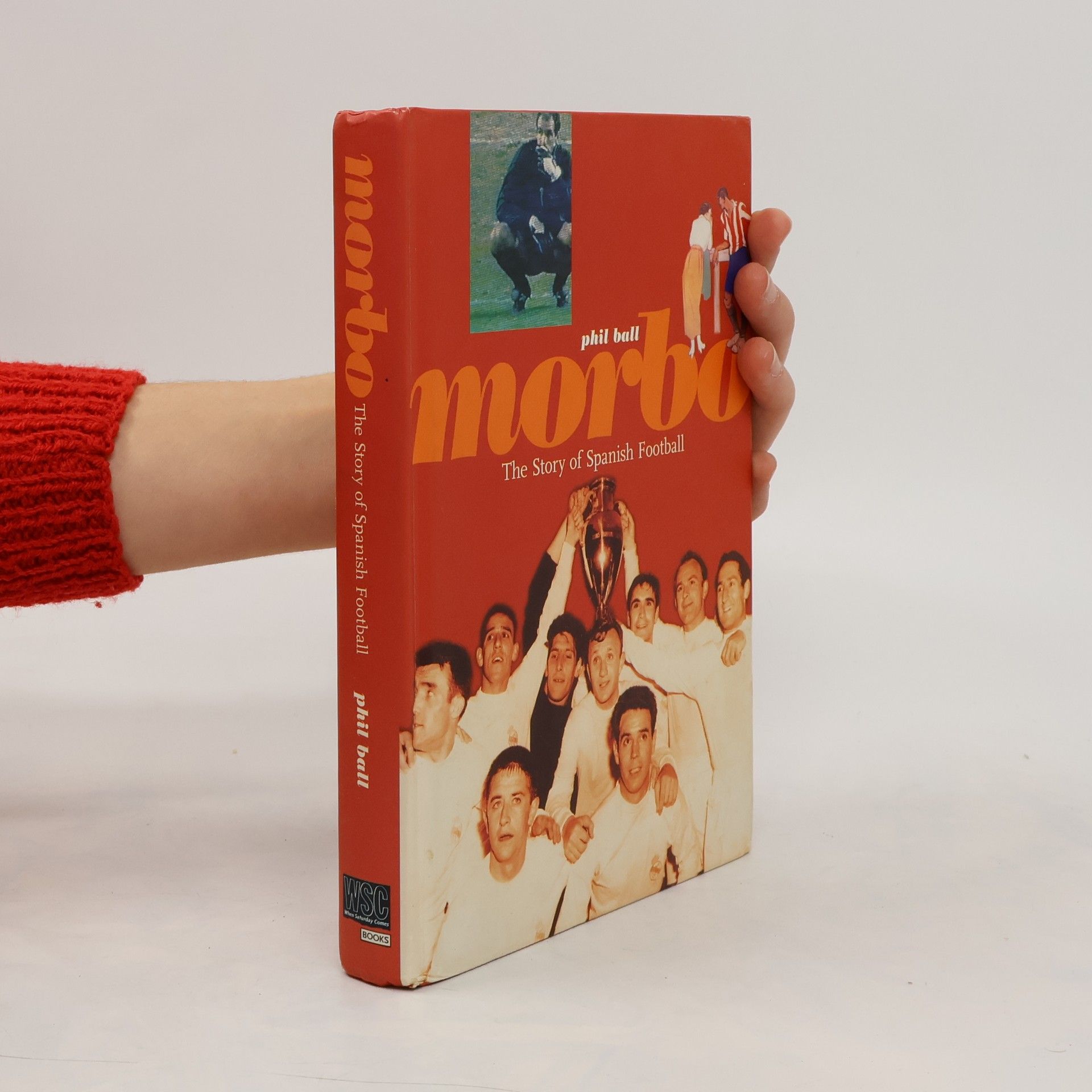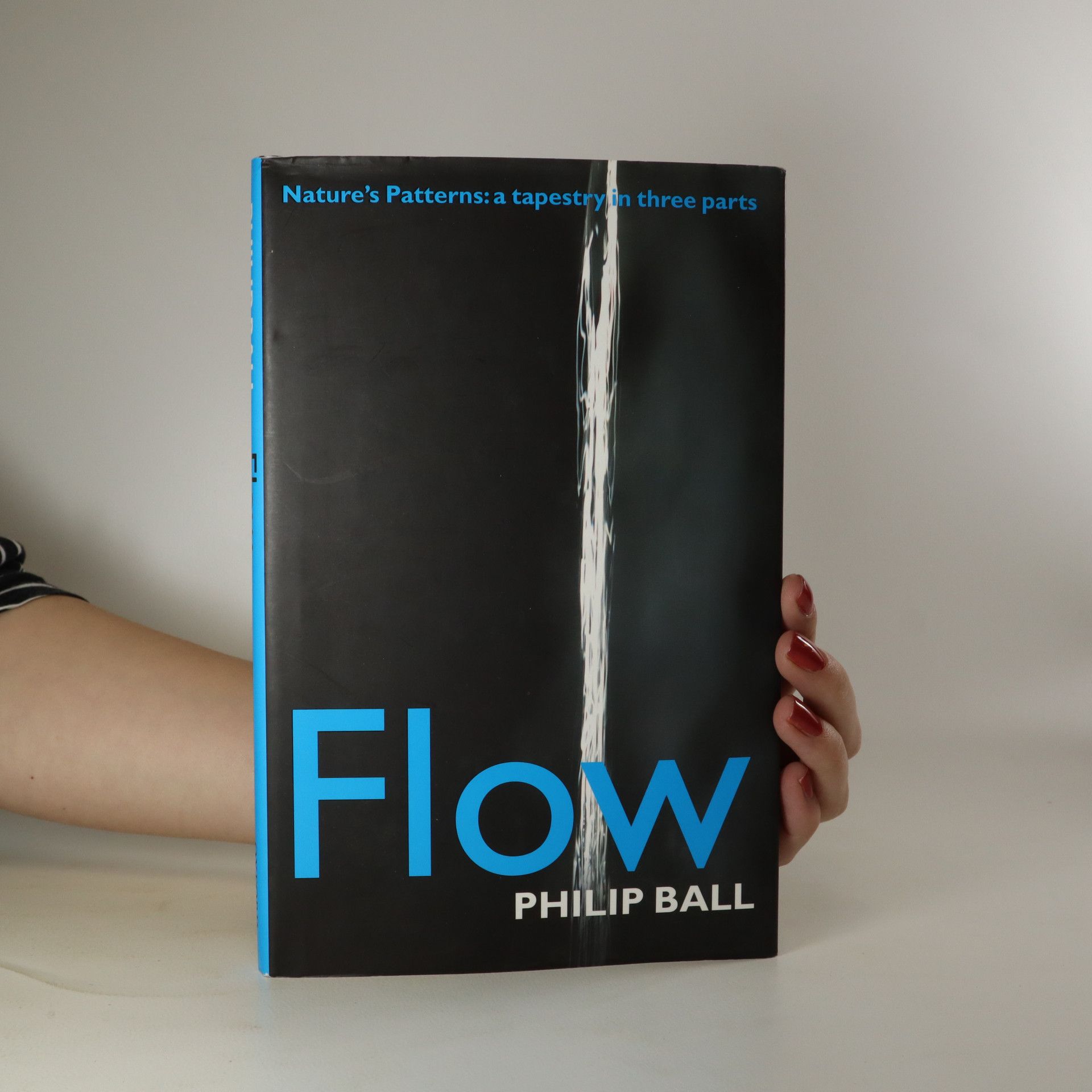Recent advancements in chemistry have led to groundbreaking innovations, such as superconducting ceramics for brain scanners and color-changing fabrics. Chemists are also transforming materials, creating drugs from crude oil, and identifying atmospheric pollutants while seeking solutions for environmental issues. Philip Ball, an editor at Nature, explores these developments, highlighting the versatile applications of buckminsterfullerene molecules, or "buckyballs," in various fields including medicine and electronics, making complex concepts accessible to general readers.
Philip Ball Livres
Philip Ball est un écrivain scientifique distingué dont le travail explore les liens complexes entre les principes scientifiques et les phénomènes sociaux ou économiques. Avec une profonde compréhension de la physique et de la chimie, il applique habilement des modèles mathématiques pour éclairer des systèmes complexes. Son écriture est saluée pour sa clarté dans l'explication de concepts sophistiqués, révélant des modèles sous-jacents dans divers domaines. Les idées de Ball encouragent les lecteurs à contempler les forces fondamentales qui façonnent notre monde.







The Elements
- 224pages
- 8 heures de lecture
The first fully illustrated history of the chemical elements.
Understanding the human mind and its relation to our experiences has long been a philosophical challenge. How do we approach 'minds' that are not human? Recent scientific advancements have explored the properties of mind across various fields, including zoology, astrobiology, computer science, and neuroscience. Taking a broad view, the author examines minds in plants, aliens, and even God, unifying these multidisciplinary insights to explore the types of minds that might exist in the universe. He argues for a shift away from using the human mind as the standard for all minds, advocating for a consideration of the 'space of possible minds.' By mapping out the properties of mind without prioritizing the human experience, he sheds light on critical questions, such as the moral rights of animals, the implications of AI, and the potential for communication with intelligent aliens. This exploration also addresses profound scientific inquiries about thought, consciousness, and free will. As we learn about the minds of various creatures, from octopuses to chimpanzees, and envision the minds of computers and extraterrestrial intelligences, we gain a broader perspective on our own minds. This ambitious work expands our understanding of the nature and existence of minds, ultimately helping us to better comprehend our own.
Science Book Prize-winning science writer Philip Ball explores the diversity of thinking minds, from the variety of human minds to those of mammals, insects, computers and plants, in a book that brilliantly illuminates how many different ways there are to think and engage with the world; and how particular are our own.
Patterns in Nature
- 288pages
- 11 heures de lecture
While the natural world is often described as organic, it is in fact structured to the very molecule, replete with patterned order that can be decoded with basic mathematical algorithms and principles. In a nautilus shell one can see logarithmic spirals, and the Golden Ratio can be seen in the seed head of the sunflower plant. These patterns and shapes have inspired artists, writers, designers, and musicians for thousands of years. "Patterns in Nature: Why the Natural World Looks the Way It Does" illuminates the amazing diversity of pattern in the natural world and takes readers on a visual tour of some of the world s most incredible natural wonders. Featuring awe-inspiring galleries of nature s most ingenious designs, "Patterns in Nature" is a synergy of art and science that will fascinate artists, nature lovers, and mathematicians alike."
As part of a trilogy of books exploring the science of patterns in nature, acclaimed science writer Philip Ball here looks at the form and growth of branching networks in the natural world, and what we can learn from them.Many patterns in nature show a branching form - trees, river deltas, blood vessels, lightning, the cracks that form in the glazing of pots. These networks share a peculiar geometry, finding a compromise between disorder and determinism, though some, like the hexagonal snowflake or the stones of the Devil's Causeway fall into a rigidly ordered structure. Branching networks are found at every level in biology - from the single cell to the ecosystem. Human-made networks too can come to share the same features, and if they don't, then it might be profitable to make them do nature's patterns tend to arise from economical solutions.
Morbo
- 256pages
- 9 heures de lecture
Bright Earth
- 448pages
- 16 heures de lecture
Colour in art - as in life - is both inspiring and uplifting, but where does it come from?
A cutting-edge new vision of biology that proposes to revise our concept of what life is - from Science Book Prize winner and former Nature editor Philip Ball.Biology is undergoing a quiet but profound transformation. Several aspects of the standard picture of how life works have been exposed as incomplete, misleading, or wrong.In How Life Works, Philip Ball explores the new biology, revealing life to be a far richer, more ingenious affair than we had guessed. With this knowledge come new possibilities. Today we can redesign and reconfigure living systems, tissues, and organisms. We can reprogram cells, for instance, to carry out new tasks and grow into structures not seen in the natural world. Some researchers believe that ultimately we will be able to regenerate limbs and organs, and perhaps even create new life forms that evolution has never imagined.Incorporating the latest research and insights, How Life Works is a sweeping journey into this new frontier of the nature of life, a realm that will reshape our understanding of life as we know it.
Nature's Patterns. A Tapestry in Three Parts. Flow
- 176pages
- 7 heures de lecture
From the swirl of a wisp of smoke to eddies in rivers, and the huge persistent storm system that is the Great Spot on Jupiter, we see similar forms and patterns wherever there is flow - whether the movement of wind, water, sand, or flocks of birds. It is the complex dynamics of flow that structures our atmosphere, land, and oceans.Part of a trilogy of books exploring the science of patterns in nature by acclaimed science writer Philip Ball, this volume explores the elusive rules that govern flow - the science of chaotic behavior.


